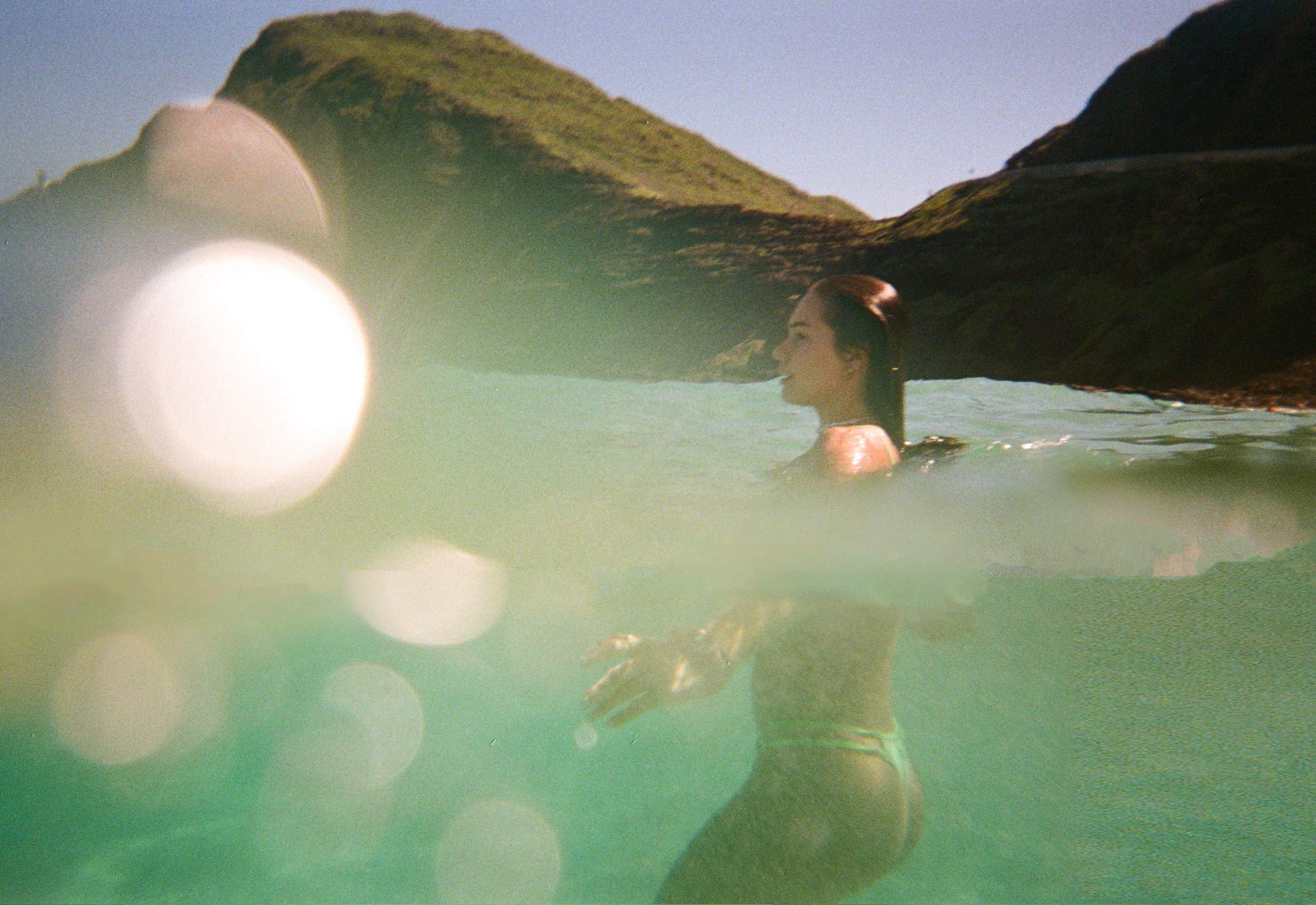A Brief History of the 35mm Camera
The 35mm film camera has a long and interesting history. Its invention is credited to Oskar Barnack, who was an engineer with Leica Camera AG in Germany, in 1913. Barnack’s original design was a compact camera that used 35mm motion picture film stock, which had originally been developed for the motion picture industry. He saw the potential for a high-quality camera using the same format, and developed the first prototype of his “Ur-Leica” camera.
In 1923, Leica released their first production model of the 35mm film camera – the Leica I – which quickly became a popular choice among photographers. The cameras were relatively compact and lightweight, making them easy to carry around. They also made use of special lenses that allowed for an extremely shallow depth of field, which made them ideal for capturing portraits and other artistic shots.
Over the next few decades, 35mm film cameras became ubiquitous among professional and amateur photographers alike. Many iconic photographs were taken with these cameras, including Henri Cartier-Bresson’s famous photo of a man jumping over a fence in France in 1932.
In 1975, Nikon released its F3 SLR camera, which revolutionized 35mm photography even further by introducing autofocus technology and other advanced features that made it much easier to take high-quality photos quickly and easily. By this time, 35mm photography had become one of the most popular forms of photography around the world.
In recent years, digital technology has replaced much of what film cameras could do. However, there is still something special about taking photos with a classic 35mm film camera that digital cameras cannot replicate – from the anticipation of waiting for your photos to be developed to the unique look you can achieve with analog photography techniques like cross-processing or double exposure. For many photographers who are looking for something different from digital photography or just want to experience a bit of nostalgia from days gone by, there is nothing quite like using a classic 35mm film camera!

